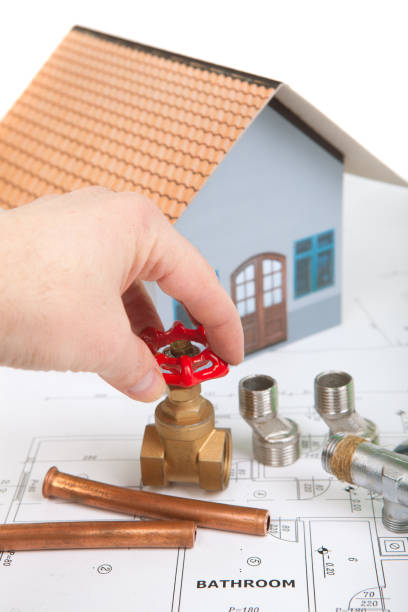Understanding how to calculate water bills for tenants is essential for both landlords and tenants to ensure fair and accurate billing practices. Water bills can vary depending on consumption, tariffs, and other factors. This article aims to provide a comprehensive guide on how to calculate water bills for tenants effectively.
Understanding Water Bills
What is a water bill?
A water bill is a statement issued by the utility company detailing the amount of water consumed by a household or property during a specific period.
Components of a water bill
Water bills typically include charges for water consumption, sewer services (if applicable), administrative fees, and taxes.
Factors Affecting Water Bills
Several factors can influence the amount of a water bill:
Consumption
The primary factor affecting water bills is the amount of water consumed by the tenant.
Tariffs and rates
Water utilities often charge different rates based on the volume of water consumed and the time of usage.
Meter readings
Accurate meter readings play a crucial role in determining the precise amount of water consumed and billed.
Calculating Water Bills for Tenants
Calculating water bills for tenants involves several steps:
Review the lease agreement
The lease agreement should specify how water bills will be divided and whether they are included in the rent or billed separately.
Determine the billing cycle.
Identify the billing cycle specified by the utility company to track water usage accurately.
Analyze the water usage.
Monitor the water meter regularly to track consumption and identify any irregularities or leaks.
Calculate the bill amount.
Multiply the water consumption by the applicable tariff rate to determine the total amount due.
Tips for Reducing Water Bills
To reduce water bills, consider the following tips:
Fix leaks promptly
Address any leaks or drips in faucets, toilets, or pipes to prevent water wastage.
Install water-saving fixtures
Install low-flow showerheads, faucets, and toilets to minimize water consumption without sacrificing comfort.
Be mindful of usage habits.
Encourage tenants to adopt water-saving habits, such as taking shorter showers and only running the dishwasher or washing machine with full loads.
Conclusion
Calculating water bills for tenants requires an understanding of consumption patterns, tariff rates, and billing cycles. By following the steps outlined in this article and implementing water-saving measures, both landlords and tenants can effectively manage water usage and reduce costs.
